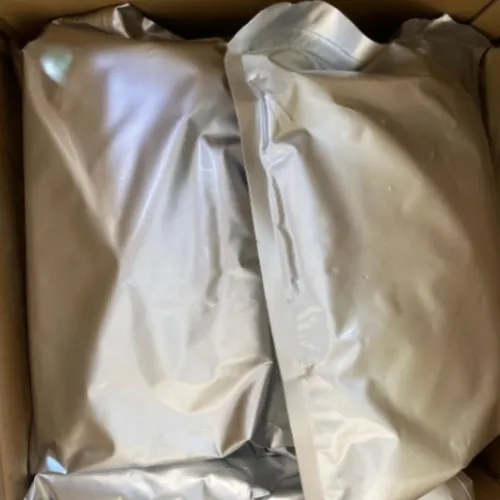Warning: Undefined array key "title" in /home/www/wwwroot/HTML/www.exportstart.com/wp-content/themes/1198/header.php on line 6
Warning: Undefined array key "file" in /home/www/wwwroot/HTML/www.exportstart.com/wp-content/themes/1198/header.php on line 7
Warning: Undefined array key "title" in /home/www/wwwroot/HTML/www.exportstart.com/wp-content/themes/1198/header.php on line 7
Warning: Undefined array key "title" in /home/www/wwwroot/HTML/www.exportstart.com/wp-content/themes/1198/header.php on line 7
- Afrikaans
- Albanian
- Amharic
- Arabic
- Armenian
- Azerbaijani
- Basque
- Belarusian
- Bengali
- Bosnian
- Bulgarian
- Catalan
- Cebuano
- China
- China (Taiwan)
- Corsican
- Croatian
- Czech
- Danish
- Dutch
- English
- Esperanto
- Estonian
- Finnish
- French
- Frisian
- Galician
- Georgian
- German
- Greek
- Gujarati
- Haitian Creole
- hausa
- hawaiian
- Hebrew
- Hindi
- Miao
- Hungarian
- Icelandic
- igbo
- Indonesian
- irish
- Italian
- Japanese
- Javanese
- Kannada
- kazakh
- Khmer
- Rwandese
- Korean
- Kurdish
- Kyrgyz
- Lao
- Latin
- Latvian
- Lithuanian
- Luxembourgish
- Macedonian
- Malgashi
- Malay
- Malayalam
- Maltese
- Maori
- Marathi
- Mongolian
- Myanmar
- Nepali
- Norwegian
- Norwegian
- Occitan
- Pashto
- Persian
- Polish
- Portuguese
- Punjabi
- Romanian
- Russian
- Samoan
- Scottish Gaelic
- Serbian
- Sesotho
- Shona
- Sindhi
- Sinhala
- Slovak
- Slovenian
- Somali
- Spanish
- Sundanese
- Swahili
- Swedish
- Tagalog
- Tajik
- Tamil
- Tatar
- Telugu
- Thai
- Turkish
- Turkmen
- Ukrainian
- Urdu
- Uighur
- Uzbek
- Vietnamese
- Welsh
- Bantu
- Yiddish
- Yoruba
- Zulu
Nov . 10, 2024 07:25 Back to list
Applications and Uses of Adipic Acid in Various Industries and Products
Applications of Adipic Acid
Adipic acid, a key dicarboxylic acid, holds significant importance in various industrial applications due to its unique chemical properties. With the molecular formula C6H10O4, adipic acid is a white crystalline powder that is primarily produced through the oxidation of cyclohexanol and cyclohexanone. Its versatility makes it an essential compound in the production of many everyday products.
One of the most prominent applications of adipic acid is in the production of nylon, particularly Nylon 6,6. This synthetic polymer is widely used in the textile industry for fabrics, carpets, and various clothing items due to its strength, durability, and resistance to abrasion. The polymerization of adipic acid with hexamethylenediamine results in Nylon 6,6, which is noted for its high melting point and excellent tensile strength, making it suitable for applications in automotive, aerospace, and consumer goods.
Applications of Adipic Acid
In the food industry, adipic acid is utilized as a food additive and acidity regulator. It is recognized as a safe compound and is used to enhance the flavor of various food products. Adipic acid can be found in soft drinks, gels, and baked goods, providing a tartness that complements sweet flavors. Its role as a pH regulator helps improve the stability and shelf life of food products, making it valuable for manufacturers aiming to maintain quality and taste.
adipic acid application

Another significant application of adipic acid is in the production of adhesives and sealants. Its chemical properties enable the formation of strong bonds in various substrates, making it a preferred choice in construction and manufacturing settings. The addition of adipic acid in adhesive formulations enhances the performance characteristics, such as resistance to heat and moisture, providing durability and longevity in many applications.
Adipic acid is also explored for its role in the production of biodegradable plastics. As environmental concerns grow, researchers are increasingly looking for sustainable alternatives to traditional plastics. Adipic acid can serve as a building block in the synthesis of polyesters, which can be designed to degrade more quickly than conventional plastics. This application has garnered interest as industries seek to reduce plastic waste and its impact on the environment.
In cosmetics and personal care products, adipic acid is used as an emollient and skin-conditioning agent. Its ability to help retain moisture and provide a smooth texture makes it an attractive ingredient in lotions, creams, and other beauty products. This application aligns with the growing trend towards using multifunctional ingredients that enhance product performance while ensuring safety and effectiveness.
In summary, adipic acid is a multifaceted compound with a wide array of applications spanning numerous industries. From serving as a fundamental ingredient in nylon production to its roles in food additives, adhesives, biodegradable plastics, and personal care products, adipic acid's versatility underscores its significance in modern manufacturing and consumer goods. As industries continue to innovate and seek sustainable solutions, the relevance of adipic acid is expected to grow, opening up new avenues for its use while continuing to fulfill established needs in the market.
Latest news
-
Certifications for Vegetarian and Xanthan Gum Vegetarian
NewsJun.17,2025
-
Sustainability Trends Reshaping the SLES N70 Market
NewsJun.17,2025
-
Propylene Glycol Use in Vaccines: Balancing Function and Perception
NewsJun.17,2025
-
Petroleum Jelly in Skincare: Balancing Benefits and Backlash
NewsJun.17,2025
-
Energy Price Volatility and Ripple Effect on Caprolactam Markets
NewsJun.17,2025
-
Spectroscopic Techniques for Adipic Acid Molecular Weight
NewsJun.17,2025

